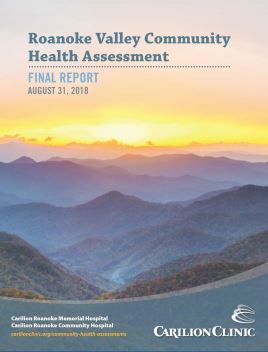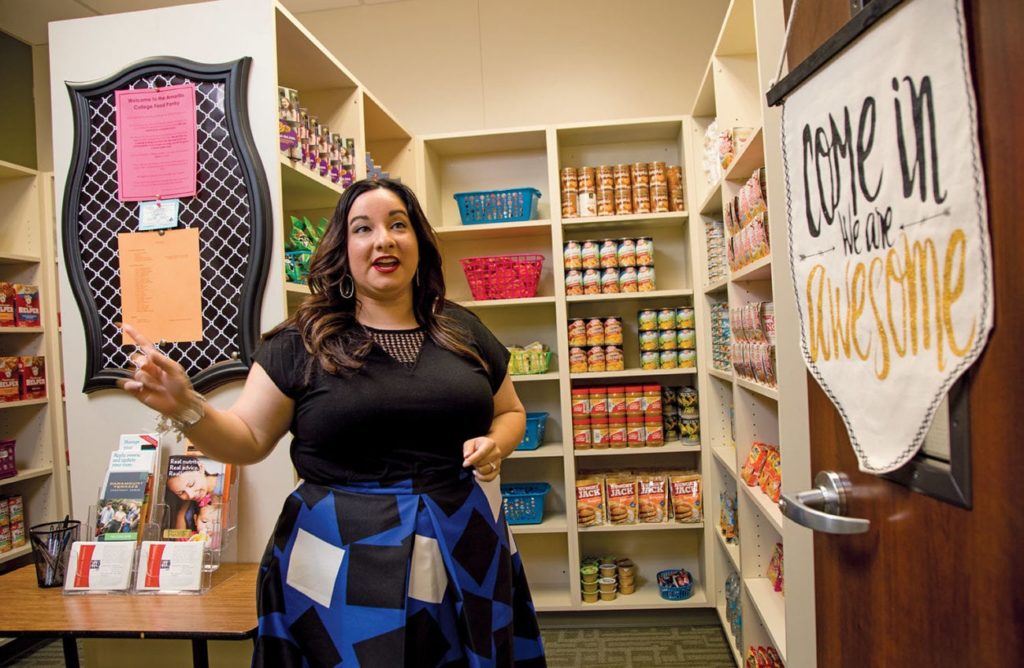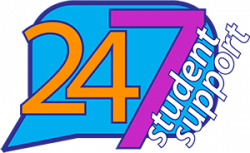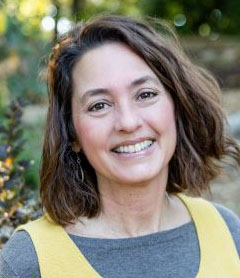
Last year, Roanoke’s newspaper reported on a New York Times analysis that ranked Roanoke in the bottom 10 in the nation for economic mobility.
Just today — Oct. 1 — the Census Bureau and researchers at Harvard and Brown universities published the Opportunity Atlas, which maps searchable, nationwide data about the outcomes of adult children and the neighborhoods where they grow up. Or, as the New York Times put it, data that will make it possible to pinpoint “where children of all backgrounds have the best shot.”
As the Times story notes, what seems to matter most for success is the neighborhood within about a half a mile of a child’s home.
“For any government program or community grant that targets a specific place, this data proposes a better way to pick those places — one based not on neighborhood poverty levels, but on whether we expect children will escape poverty as adults.”
Researchers believe the findings will help cities identify new sites for Head Start centers, or where students might receive more priority for selective high schools or other programs.
“The larger question is how to convert struggling neighborhoods into places where poor children are likely to thrive.”
Explore our region’s outcomes at https://www.opportunityatlas.org/

2. Poverty tops list of priorities in latest Community Health Assessment
Carilion Clinic, the Roanoke Valley’s largest employer, must conduct a Community Health Assessment every three years as a requirement of the Affordable Care Act.
The latest report was just released in August, and the following are the 10 priority health-related issues in the Roanoke Metropolitan Statistical Area (MSA), which includes the cities of Roanoke and Salem and the counties of Botetourt, Craig, Franklin, and Roanoke.
The 10 priorities for our service region are:
- Poverty / low average household income
- Transportation / transit system
- Access to mental / behavioral health services
- Access to substance use services
- Culture: healthy behaviors not a priority
- High uninsured/underinsured population
- Affordable / safe housing
- Access to dental care
- Poor diet
- High cost of care
- Educational attainment
To show you progress from report to report: In the last CHA (2016 to 2018), the top priorities for the Roanoke Valley included: (1.) Poor eating habits/ lack of nutrient dense foods in diet (2.) Access to mental health counseling/substance abuse (3.) Access to adult dental care (4.) Access to dental care for children (5.) Lack of exercise/physical activity.
The report notes “the work of conducting this CHA and the public availability of its findings is intended to enable the community to effectively plan the vital work of maintaining and improving health.”
Carilion also requires all funding requests for its community grant program align with these new priorities. Grant proposals are due Oct. 15 and April 15 each year.
If you have ideas for health-related projects that align with these needs, please discuss with your dean/supervisor and the grants office. Highly collaborative, impactful projects that avoid using funds for personnel costs are encouraged. Awards usually range from $5,000 to $20,000.

3. A Texas community college pursues anti-poverty mission
Finally, I stumbled onto an excellent example of how one community college is addressing poverty in the panhandle of Texas.
Amarillo College, which serves about the same number of students we do (10,000), has embarked on a No Excuses Poverty Initiative.
As part of the initiative, the college has opened an Advocacy and Resource Center which includes a food pantry and clothes closet, and helps students with bills including rent, utilities, and childcare.
Russell D. Lowery-Hart, Amarillo’s president, said initially “we thought, like a lot of people: ‘This isn’t our mission. The community is supposed to solve those problems.’ But we’re the community’s college. We had to see our mission in addressing these issues, even if that meant gluing the resources in the community together in a coherent program. We knew we had to do something.
“A majority of higher ed is set up for the students from the ’80s,” he said. “But our communities depend on us educating the students we have, not the students we wish we had.”
And is the initiative helping students attain their credentials?
“When we first started these conversations, our completion rates were in the teens,” he said. “Now, our three-year completion rates are 45 percent. We can celebrate those, but our goal is to be at 70 percent by 2020.”
Get the whole story in this excellent article and video package produced by the Lumina Foundation: http://focus.luminafoundation.org/amarillo-college-accepts-no-excuses-in-pursuing-its-anti-poverty-mission






 Shelley Lyons is glad to be back on campus as she is a Virginia Western alum, and has served as the Administrative Officer for Grants Administration at Virginia Western since early 2022. Prior to VWCC, her career focus was within the Human Services and Arts fields. She wrote her first grant in 1996 on a whim and has continued to plan and learn since that time. She most enjoys seeing a well-planned project come to fruition, where funder, project manager and beneficiaries can all feel success and see impact.
Shelley Lyons is glad to be back on campus as she is a Virginia Western alum, and has served as the Administrative Officer for Grants Administration at Virginia Western since early 2022. Prior to VWCC, her career focus was within the Human Services and Arts fields. She wrote her first grant in 1996 on a whim and has continued to plan and learn since that time. She most enjoys seeing a well-planned project come to fruition, where funder, project manager and beneficiaries can all feel success and see impact.